4 Easy Steps to Rework Your Historical Content to Attract New (Qualified) Leads
Have you been churning out quality content for years for your business and industry? Does traffic to your blog still come from old posts? Are ebooks...
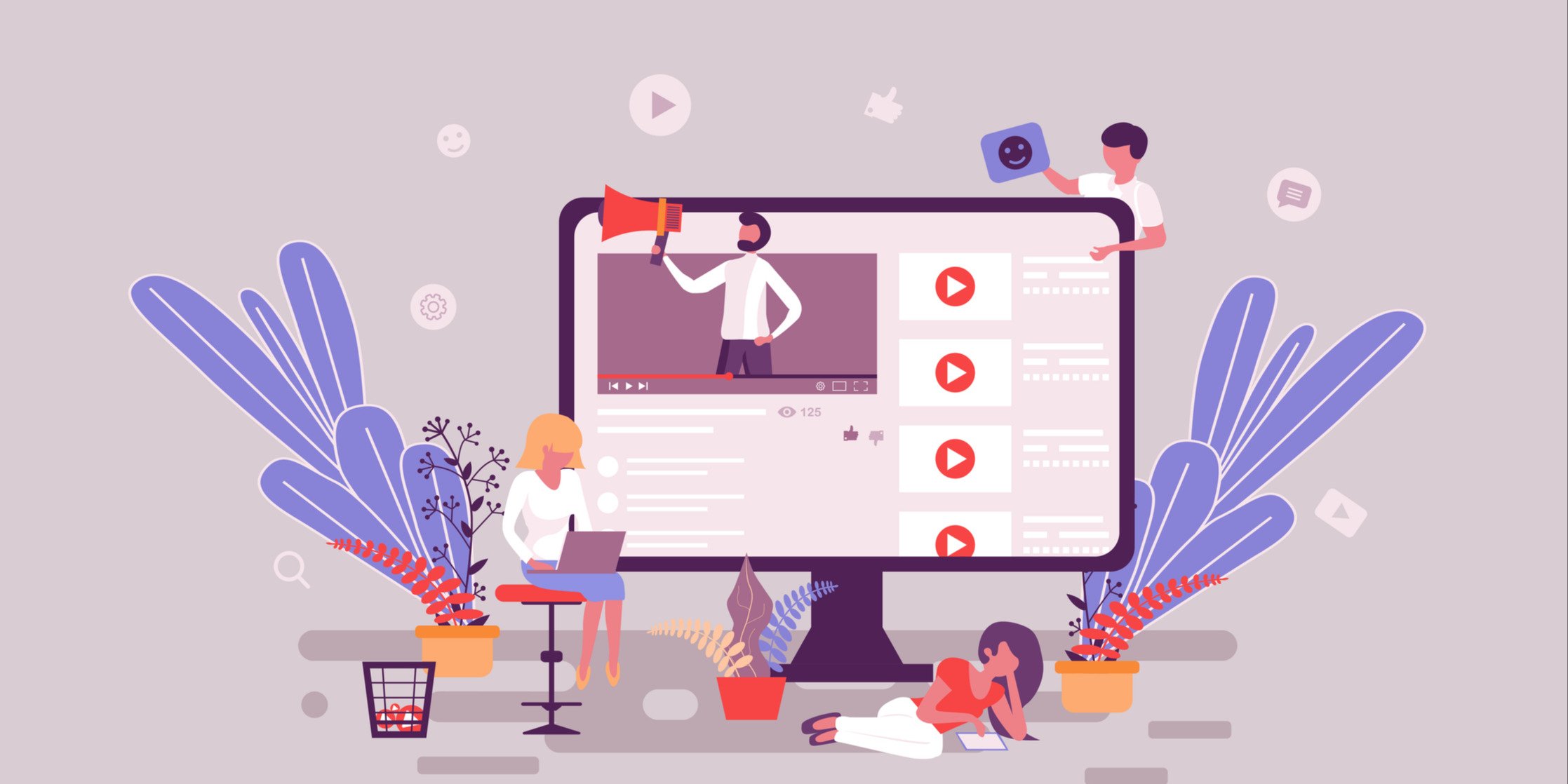
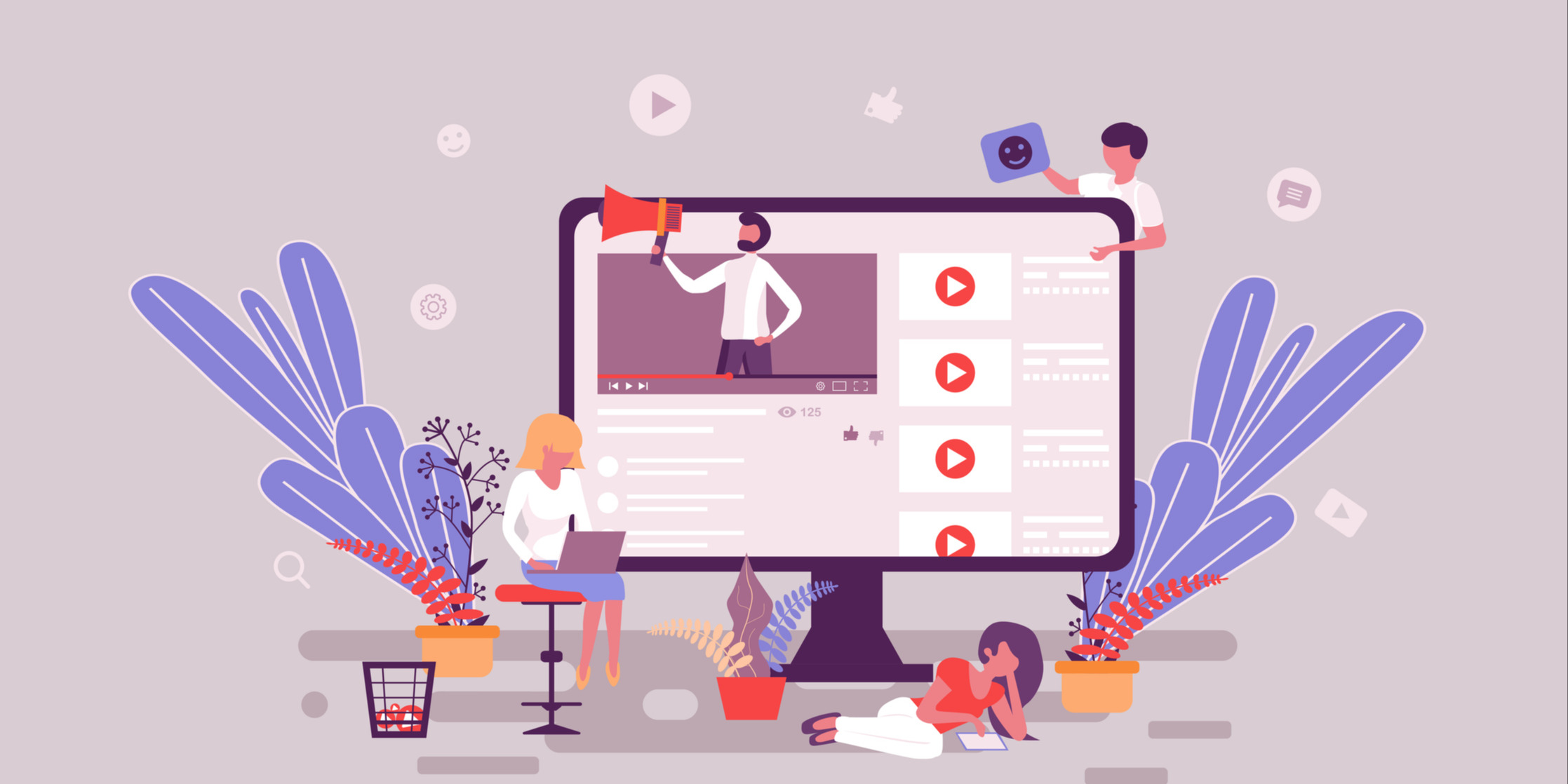
Premium content is a critical part of your lead generation process and a powerful tool known for establishing credibility and authority in any industry. Unlike a blog post, the goal is to attract visitors to your website by offering them a type of relevant and valuable piece of content in exchange for their contact information. Once they submit their information via a web form, you begin the process of leading them through the sales funnel, so that you can further nurture them.
Creating invaluable premium content helps generate leads and begins filling your sales funnel. However, it also helps educate potential leads regarding various aspects of your business and gives them a reason to trust the information you deliver. Keep reading to learn more about premium content and how to create it.
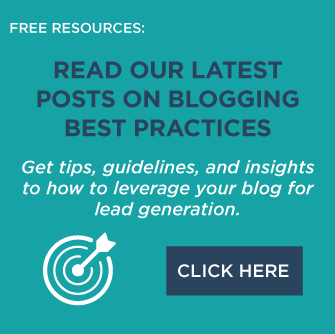 When done right, premium content has the power to drive traffic, improve conversion rates, enhance brand positioning, and build loyalty. Often times, premium content is seen as a big, lengthy whitepaper. While a whitepaper is certainly a type of premium content, there are many other effective types.
When done right, premium content has the power to drive traffic, improve conversion rates, enhance brand positioning, and build loyalty. Often times, premium content is seen as a big, lengthy whitepaper. While a whitepaper is certainly a type of premium content, there are many other effective types.
Essentially, anything that a visitor finds valuable, and is willing to provide their information for, is a good piece of premium content. This can be any and everything ranging from:
Will they find it important? Do they have a need for that type of information? If your target personas don’t find it’s important, you’re wasting your time. Think about their needs and pain points, and what they’d find helpful.
One of the main difference between a blog post and premium content is how the prospect reacts. A blog post should warrant interest and provide value, but premium content goes above and beyond providing enough value to make the reader want to exchange information in return. Once you produce a piece of premium content, ask yourself:
Your premium content should enhance your lead generation goals. For example, if your goal is to fill the top of your sales funnel so that you can convert visitors into leads and nurture them down the funnel, then you need to increase website visitors and fill the top of your inbound marketing sales funnel. You would produce helpful premium content, such as a video series, that provided solutions for your ideal clients' problems.
If your business or brand is well-known and already has a steady stream of visitors to the website, your goal is focusing on converting leads and nurturing them into customers. This is where the exchange of contact information for valuable premium content takes action.
This means targeted to different stages of the sales funnel. Different pieces of content will speak to different stages—that’s the beauty of premium content! Make sure you have content that speaks to each of these stages.
When generating ideas for your premium content pieces, categorize them into each stage of the sales funnel. Don’t forget, after you create a piece of premium content, you’ll need a stellar landing page for it. Check out more on how to do that here.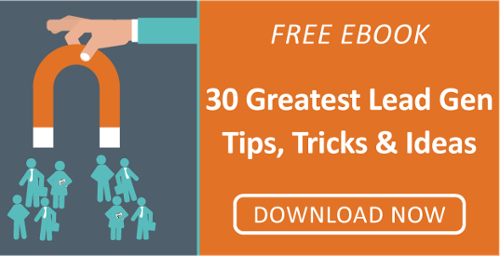
*Editor's Note: This blog was originally published in August 2014 and has since been updated.

Have you been churning out quality content for years for your business and industry? Does traffic to your blog still come from old posts? Are ebooks...

Content marketing continuously proves itself worthy across industries. According to HubSpot's Not Another State of Marketing Report, almost 70% of...
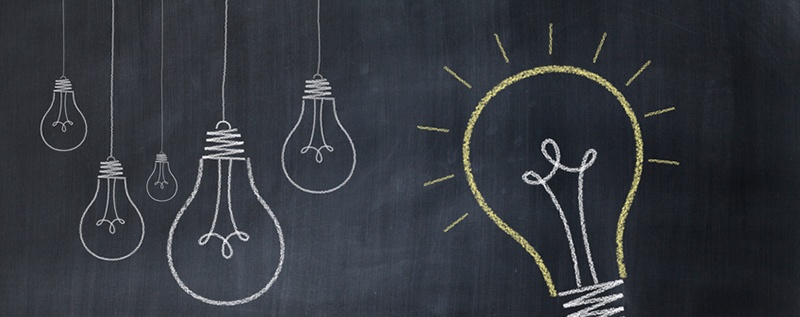
As part of the LeadG2 series on "The 10 Commandments of Inbound Marketing" we're looking at each of these ten commandments and the importance of each...